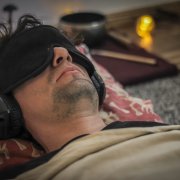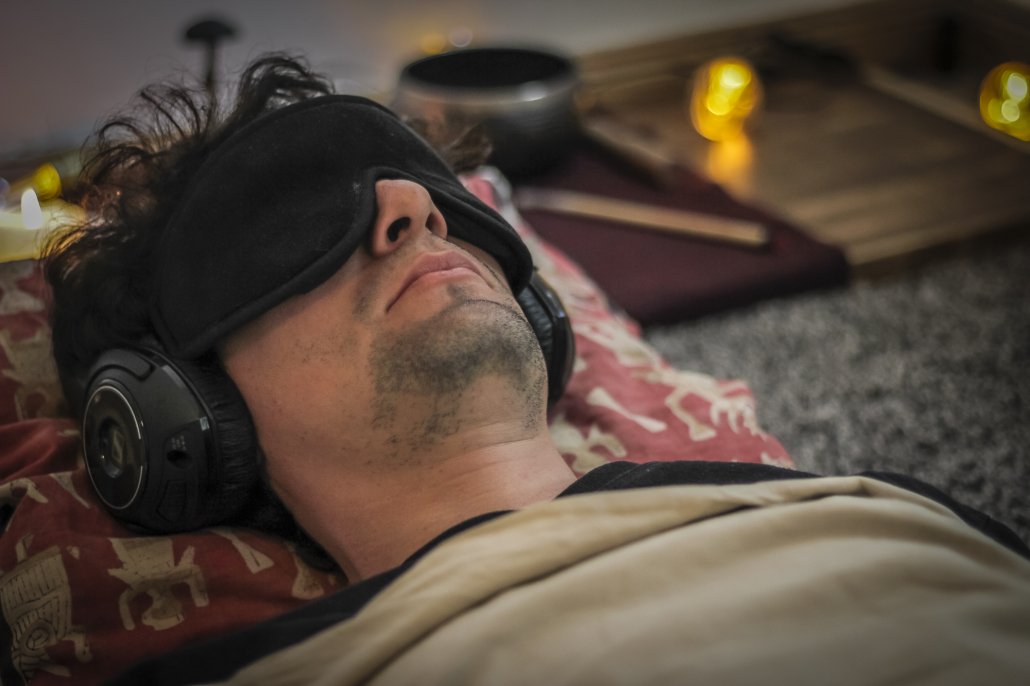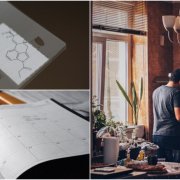PSYJuly 2021 is a online celebration of Psychedelics!
From 1st – 31st July 2021, one blog post about psychedelics will be published each day here on Maps of the Mind.
Last year I did PSYJuly largely as a solo project, writing and publishing 30 posts in 31 days, and featuring one guest post. I had an incredible time over the month and enjoyed connecting with my readers. This year, emerging from the isolation of corona, I would like to explore collaboration and community, so I am opening it up to feature writings from psychedelic bloggers, writers, explorers, activists and other psychedelic people from around the world.
I will also likely host a group call or two through the month to allow a space for readers, participants and contributors to connect. That will depend on how it’s going and expressed interest in this idea.
Intentions
The intentions for PSYJuly 2021 are:
- To share information amongst psychedelic explorers and enthusiasts. To create an event and place to collect and share experience, ideas, and wisdom.
- To build bridges amongst the psychedelic community. To create connections at a time where there are tensions within the movement. To encourage collaboration and conversation over infighting.
- To offer a platform to emerging or aspiring writers, or experienced psychedelic explorers without a channel.
Will any of this cost anything?
No, it will be entirely free!
Would you like to take part?
If you would like to contribute and feel you have something valuable to share, submissions for blog posts are now open!
Some themes that I am currently leaning towards are:
- How to: practical advice for psychedelic explorers
- Tips, tricks & resources
- Integration
- Community
- Personal stories, especially those willing to share their mistakes and lessons that were learned
- Working in psychedelics
- The psychedelic movement
That said, the only hard and fast criteria is that the piece is somehow about psychedelics, so if you have something else you would like to contribute, I invite you to make a submission. Length and format of blog post are flexible, I will personally read all submissions.
The post could be:
- a text post
- a video post
- an audio post
- a post linking to other resources
- a list post
Or something else that I haven’t thought of.
The lower word limit for text posts is 700 words.
The deadline for submissions is midnight CET June 18th.
Why make a submission?
For yourself, it will be an opportunity to connect with others, be part of a fun event, and gain exposure for your work.
But above all, you will be helping to spread the gifts of psychedelics and contributing to this exciting movement.
How to make a submission
You can make a submission by sending me a message via the contact form. Be sure to include the following information:
- Your name
- Your website (that you’d like linked when the article is published
- A short bio
- A link to a previously published article or blog post on psychedelics (if applicable)
- A summary or outline of the post you’d like to write (No more than 300 words)
If you have one, you are encouraged to publish the post through your own website or channel, with a link back to the carnival hub page on Maps of the Mind. Further details will be included once your submission is accepted.
There are a total of 30 spots available. If there are not enough relevant submissions, I will fill the empty slots and write the remaining posts. I will review all submissions and contact all successful applicants by June 19th. You will then be given a date in July to submit your piece by and any other relevant details.
Can I just read, follow along or partake without writing or submitting anything?
Absolutely. The purpose of PSYJuly is to create information to share and open channels for connection. I hope you’ll join along in whatever role it may be.
If there is anyone you know who might be interested, please pass this along with them.
I look forward to hosting PSYJuly and further spreading the gifts of psychedelics this summer!







